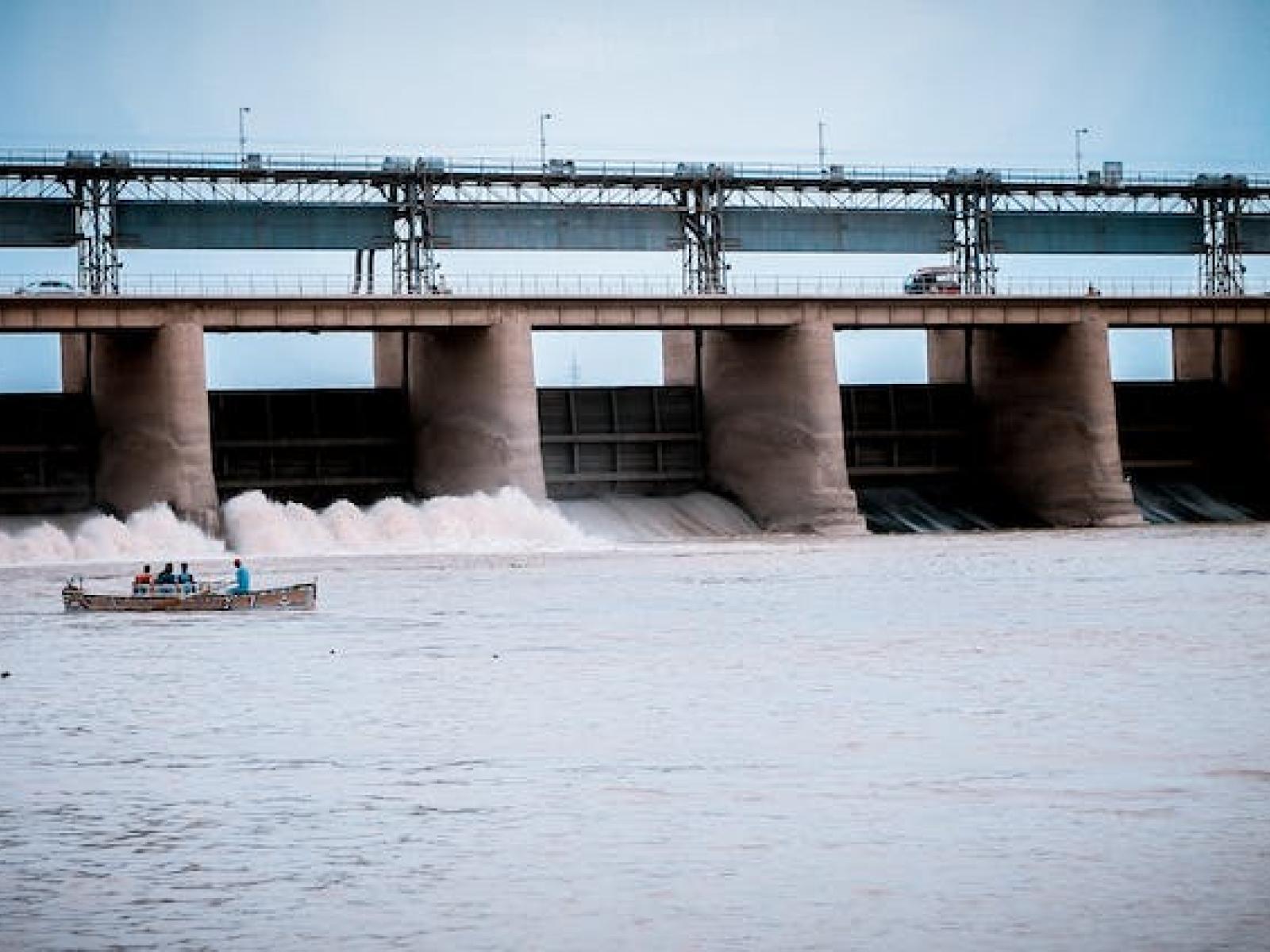Representing Hydropower Reservoir Operations in Global Hydrological Models Improves Freshwater Projections
An enhanced global hydrology model includes a detailed representation of hydropower reservoirs, leading to better simulation of streamflow and reservoir storage

This study developed a water management module for Xanthos that distinguishes between the operational characteristics of hydropower, irrigation, and flood control reservoirs.
The Science
Reservoirs play a key role in managing water to meet human objectives by smoothing out the natural variability in river flows. Reservoirs serve multiple purposes—including irrigation water supply, flood control, and hydropower generation—each of which requires different operational strategies for managing the water that have different impacts on downstream rivers. Global hydrological models (GHMs) are key tools used to simulate past and future water stocks and flows at global scale. However, most existing GHMs contain coarse representations of hydropower reservoirs (e.g., by representing hydropower reservoirs as flood control reservoirs), despite hydropower being the largest reservoir purpose by storage volume globally. This work fills this knowledge gap by adding a water management module to Xanthos, a GHM, that distinguishes between the operational characteristics of irrigation, hydropower, and flood control reservoirs. This enhancement produces a higher-fidelity simulation of streamflow and reservoir storage variations globally.
The Impact
By better representing the role reservoirs play in modulating climate-induced variability in streamflow to meet multiple human water demands, Xanthos is now better positioned to support science focused on the future evolution of the coupled human–Earth system. For example, the Global Change Analysis Model (GCAM) simulates future human–Earth system interactions globally, relying on Xanthos to supply it with information about future water availability. Thus, the improvements to Xanthos described here (e.g., improved simulation of water balances) directly benefit a diverse array of GCAM-based research. As a result of its new enhancements, Xanthos is also now positioned to support research focused on the implications of reservoirs for human and natural systems, including the implications of substantial global hydropower and irrigation reservoir expansion that is anticipated over the next several decades.
Summary
Researchers enhanced the GHM Xanthos by adding a water management module that distinguishes between different types of reservoirs, like irrigation, hydropower, and flood control. Unlike past approaches that treated hydropower reservoirs as flood control reservoirs, researchers explicitly optimized hydropower reservoir operation for maximum energy production. Researchers tested the enhanced model in 91 major river basins with high-quality streamflow data. Within those basins, researchers modeled over 4,600 large reservoirs, including 433 whose primary objective is hydropower generation. Researchers compared the differences between an explicit, optimization-based representation of hydropower, and a commonly used approach that instead represents hydropower reservoirs as flood control reservoirs. Results show that explicitly representing hydropower reservoirs produces a more realistic representation of reservoir water storage and release dynamics. This enhanced water management model enables a comprehensive analysis of global reservoir development and management from a coupled human–Earth system perspective.
PNNL Contact
Marshall Wise, Pacific Northwest National Laboratory, Marshall.Wise@pnnl.gov
Published: February 23, 2024
Abeshu, G. W., Tian, F., Wild, T., Zhao, M., Turner, S., Chowdhury, A. F. M. K., Vernon, C. R., Hu, H., Zhuang, Y., Hejazi, M., and Li, H.-Y.: Enhancing the representation of water management in global hydrological models, Geosci. Model Dev. https://doi.org/10.5194/gmd-16-5449-2023, 2023.